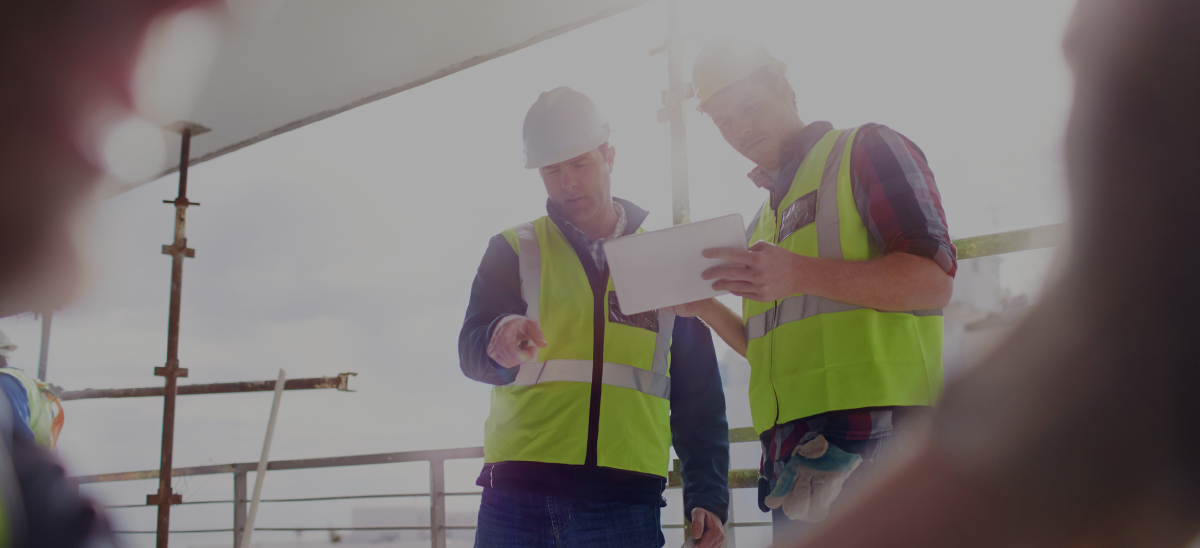
PUBLISHED
April 12, 2016
WRITTEN BY
Carson Powel, Audeng
Formal Hazard Assessments (FHAs) are the foundation of establishing, implementing, and maintaining an effective health
and safety management system, demonstrating due diligence
as an employer, and ultimately protecting the health and safety
of employees.
Too often, organizations collectively overlook the criticality of this perpetual process. This may be attributed to a variety of factors including: the complexity of the formal hazard assessment process, time constraints, and the often cumbersome formal assessment platforms. These factors, coupled with the omnipresence of conflicting information on how to properly complete a formal hazard assessment, and industry’s apprehension with streamlining processes through technology, has resulted in inefficient, underutilized, and ineffective formal hazard assessment systems.
Choosing a hazard assessment methodology and designing the framework in which to document the hazard assessment process can be daunting, time consuming, and frankly, confusing. Task Hazard Assessments, Risk Assessments, Job Hazard Assessments, Formal Health and Safety Hazard Assessments, Failure Mode and Effects Analysis; where do you start?
The simple answer is that there is no simple answer. Each company is different and there are many factors that go into a company’s decision on which hazard assessment methodology to implement. What industry do we work in; how complex are our operations; what hazards are we going to be exposed to; what tasks will be performed, and what is our organizational knowledge with regards to health and safety systems, are all essential questions to be asked before choosing a methodology? That being said, the Alberta Government and the Partnerships for Injury Reduction have established an accepted practice for the hazard assessment process.
This systematic approach follows the process of identifying the job positions within the company, categorizing the job tasks for each job position, determining both the health and safety hazards, qualitatively or quantitatively assessing the hazards utilizing any combination of frequency (exposure), severity (consequence) and probability (likelihood), and finally, prioritizing the hazards from most hazardous to least in order to determine importance of controls and to control the hazards following the hierarchy of controls.
Sequential order is critical in this process and deviation will result in an inadequate, inaccurate, and incomplete formal hazard assessment system. Perplexed? Short of hiring a competent safety professional that truly understands the purpose and organizational value, and not to mention the legislative requirements of formal hazard assessments; this ongoing process may seem insurmountable. There are solutions however; one of which is Technology.
Throughout the safety industry and the industries that we serve there are completely justifiable stigmas that accompany the “T” word. Do not recoil in horror as you relive your experiences with clumsy, time consuming, and resource heavy contractor management systems. Safety software differs from contractor management systems. Safety software increases the efficiency and exponentially decreases the time expenditure required to design, implement, maintain, monitor, evaluate and improve your company’s health and safety management system, especially with respect to formal hazard assessments.
Modern safety software simplifies the FHA process without sacrificing the integrity of the exercise with developers understanding the complexities and habitual oversights encountered when conducting a Formal Hazard Assessment. Safety software provides an intuitive, almost fool proof, formal hazard assessment progression that meets and exceeds legislative and Certificate of Recognition (COR) requirements in regards to FHAs. These systems allow companies to achieve maximum value from the hazard assessment process, without compromising results and value.
It is imperative for organizations to begin to embrace the technological tools available. Our lives have evolved using technology, and so should our health and safety management systems. Occupational Health and Safety revolutionaries such as Heinrich and Deming still exist, but may be found in the form of technology and software. Leaders in health and safety continuously evolve and adapt with technology. Are you a leader?
About Carson Powel:
J.F Carson Powel is the President/Co-owner of Audeng International Ltd. and has been in the health and safety industry for ten years, with previous experience in all sectors of the oil and gas industry. Carson is a certified External Auditor for Enform, Canadian Association of Oilwell Drilling Contractors (CAODC), Alberta Association for Safety Partnerships (AASP), Alberta Municipal Health and Safety Association (AMHSA), Alberta Safety Council (ASC) and is also a Lead Auditor for ISO 9001 (Quality), ISO 14001 (Environment) and OHSAS 18001 (Health and Safety).
As a health and safety professional, Carson carries the CRSP designation through the Board of Canadian Registered Safety Professionals, the CSP designation through the Board of Certified Safety Professionals (United States) and is a Graduate Member of the Institute of Occupational Safety and Health (United Kingdom).
Put Safety in the Palm
of Your Workers’ Hands
We can make effective changes to your
health and safety processes.
Discover How Participation-Based Safety Can Transform Your EHS Program.
READ CASE STUDY →